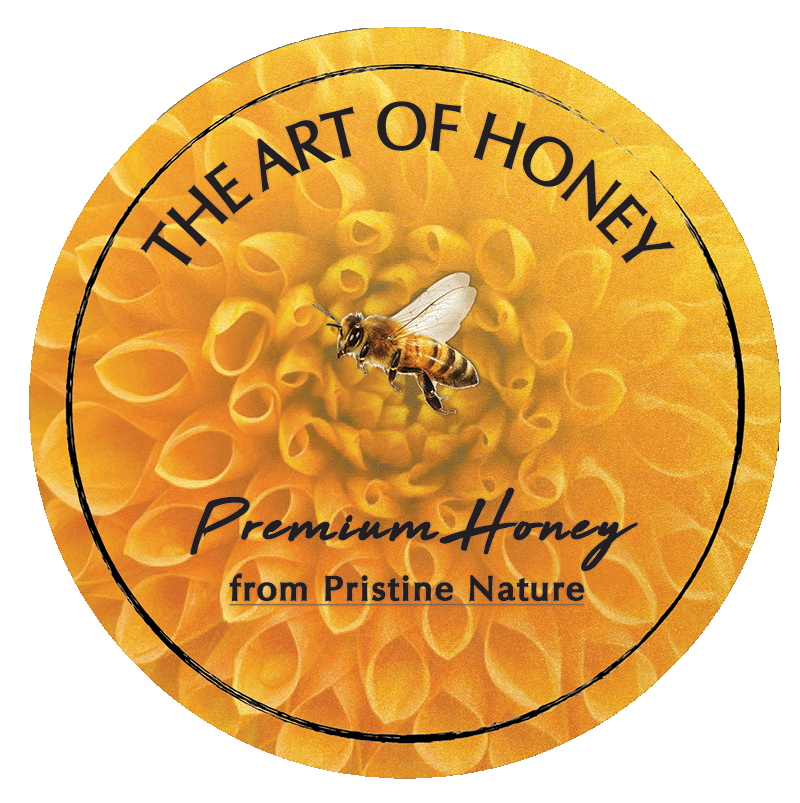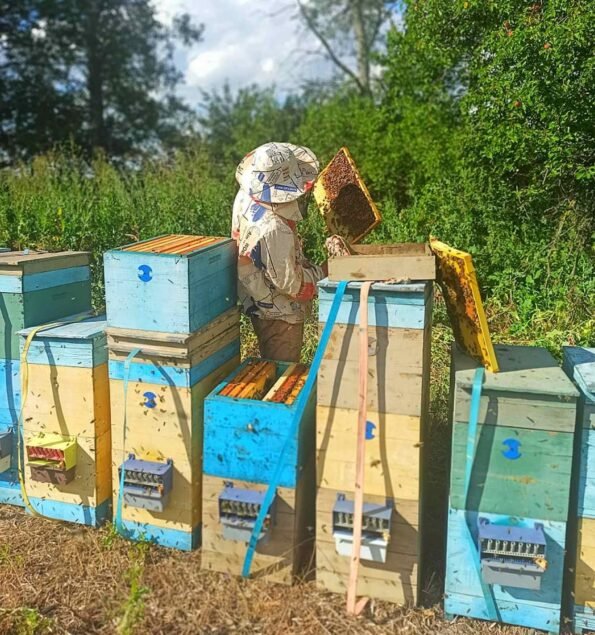Pesticides & honey
The harmful role of pesticides on bees and honey
Agricultural pesticides sold to farmers as ready-mixed “cocktails” may be twice as harmful to bees, according to an analysis of 90 studies.
Each study measured the effects of environmental stresses such as pesticides and poor nutrition.
The researchers used this data to quantify how combinations of these stresses affect pollinating insects.
They call for commercial products containing multiple chemicals to now require separate approval.
“Bees being exposed to multiple pesticides is the norm, not the exception,” said Dr Harry Siviter of the University of Texas at Austin, who led the study.
A 2016 study showed that bee colonies exposed to a greater number of pesticides were much more likely to die.
“If a colony is exposed to a pesticide that kills 10% of the bees and another pesticide that kills another 10%, you would expect 20% of the bees to be killed when those effects add up,” Dr Siviter said.
However, a “synergistic effect” could lead to 30-40% mortality.
“And that’s what we found when we studied the interactions of the pesticides,” he said.
“So we should consider the interactions between these chemicals when approving commercial agents,” Dr Siviter said.
“We don’t continue to monitor the pesticides once they are approved for use, so we suggest monitoring their effects after approval.”
“If these pesticides [used in combination] harm the bees, that harm will be recorded.”
Resistance on the rise
Another study published this week suggests that bees around the world are developing the ability to “eradicate” a particularly harmful parasite – the varroa mite, which lives on and feeds honey bees and their larvae.
Bees already have complex, organised hygiene behaviours, such as removing infected brood from the hive.
Data published in the Royal Society journal Proceedings B from 40 years of research on bee colonies that survive an infestation without chemical treatment now show that they repurpose this behaviour against Varroa.
“We’re finding that this resistance is increasing around the world,” said Isobel Grindrod of the University of Salford.
“And we’re also seeing an increase recently in beekeepers not having to treat [the mites] with chemicals.
“The pressure from the mites is forcing the healthy bees to adapt, she said.
“Their adaptability is really important, and that’s why we need to maintain healthy colonies – to maintain that adaptability – because there will be other, new diseases and pressures in the future.”





